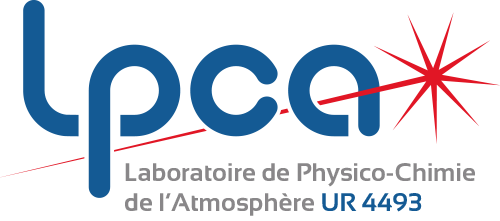
The preparation of the field campaign of the Coastal Gravity Current Analysis (ANalyse du courant de GravitÉ du LittorAl (ANGELA)) project has begun. Indeed, in order to achieve the objective of this project which aims to fill the knowledge gap linked to the combined influence of physical atmospheric and oceanographic parameters leading to promoting the development of sea breezes in coastal areas, different phases of preparation took place during the months of May and June 2023. Thus, during this period, the preparation phases of :
- the multiple sensors calibration and installation on the two drones (ANA and POLY),
- the drone flight tests,
- the Acoustic Doppler Current Profiler (ADCP),
- the two cascade impactors,
- and the Sound Detection And Ranging (SODAR) type wind profiler, have been achieved
1 – Sensors preparation phase
All gas sensors (NO2, O3, SO2) and particles (PM1, PM2.5 and PM10) were managed and collected, by the Technological Platform, on the terrace of the IRENE building for a period of comparison with CCM reference measurements. Indeed, the CCM provides the array of gas and particle reference analyzers for the days in question and for pre-campaign calibrations and comparisons, possible post-campaign interpretations. Furthermore, the weather station (Trisonica) was tested and prepared in cooperation with LISIC, by coupling a GPS system to the Trisonica data logger (figure 1).
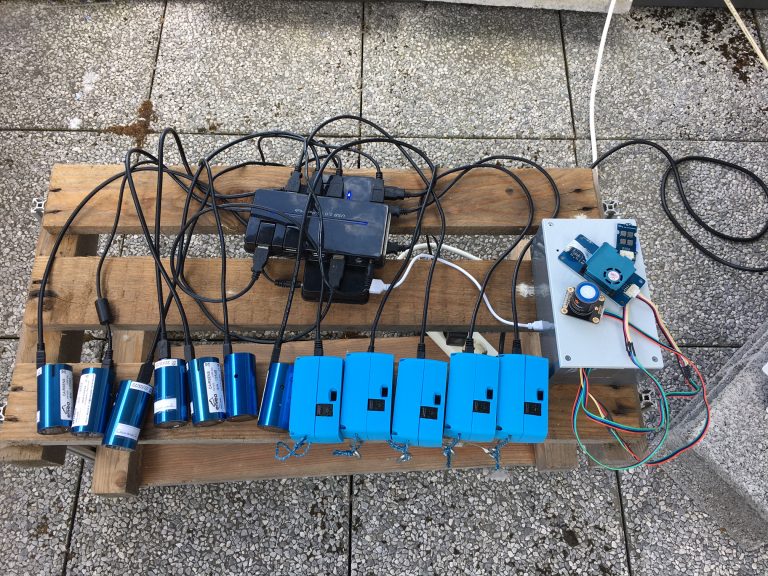

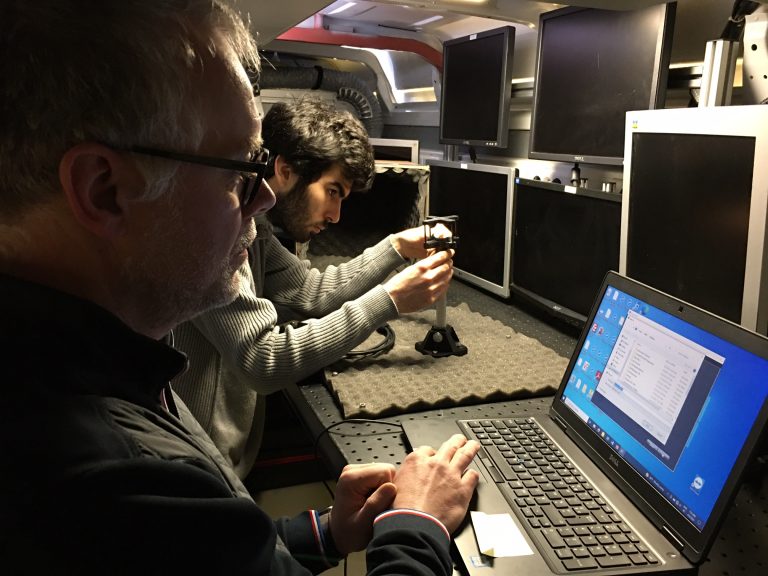
Figure 1 : Preparation Phase of gas and particle sensors (left), comparison with CCM reference measurements (center), calibration of Trisonica (right)
2 – Sensor installation phase on the two drones
At the end of this stage, the pollutant sensors (ANGIE from the Technological Platform, Apolline from LOA/PC2A and ENVEA O3/NO2) were installed on the ULCO (ANA) drone. In addition, the Trisonica was able to be embarked on ANA thanks to the support built to measure and offset upwards in order to limit the influence of the drone blades. Concerning the Polytech LILLE (POLY) drone, the LOA/PC2A N3 sensor was installed there as well as the Apolline, SO2 and O3/NO2 sensors (figure 2).

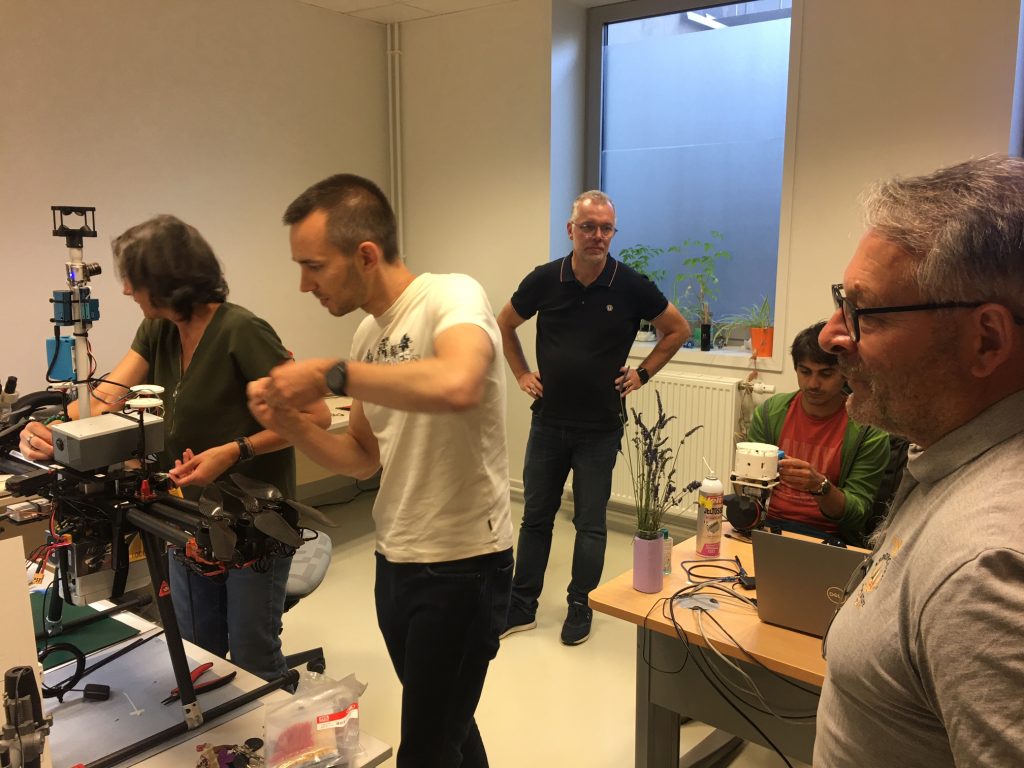
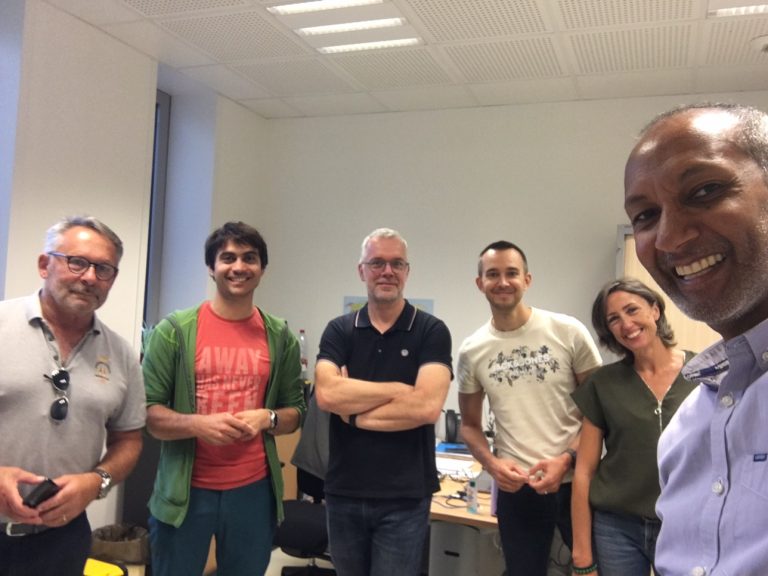
Figure 2 : Installation phase of sensors on drones (left and center) thanks to the decompartmentalization of scientists’ skills
3 – Flight test phase
The two drones ANA and POLY were able to carry out their first flights on the measurement site of the Braek dike (figures 3 and 4). Despite the heavy load on board, the behavior of the drones, according to the flight plans proposed for the experiment, was excellent and validated by our elite remote pilots Eddie JOUAN and Nicolas BUR.
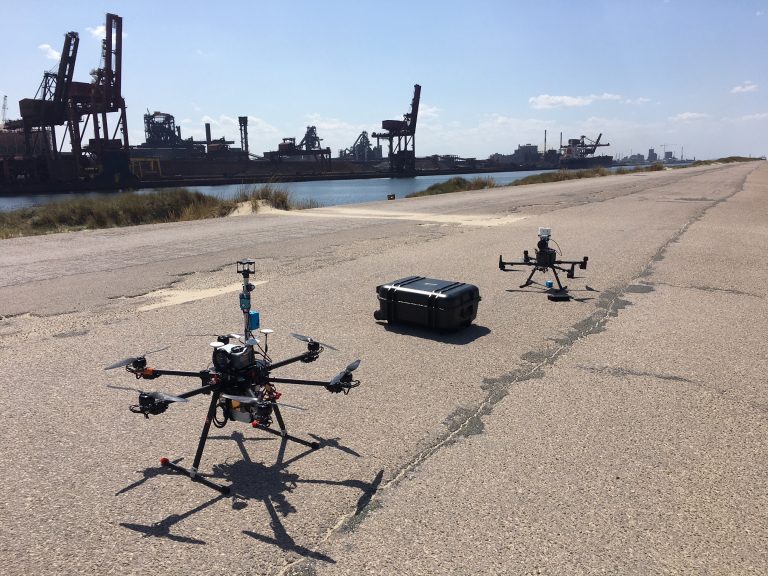
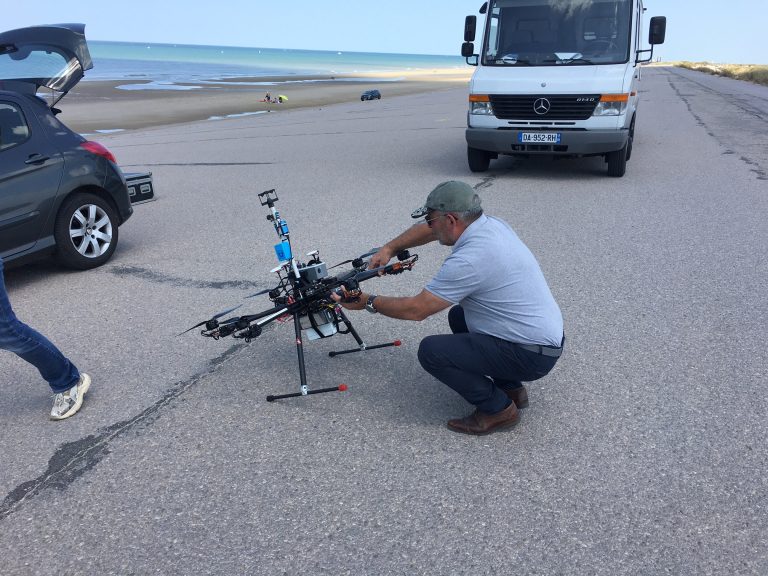

Figure 3 : 1st phase of testing of the two drones ANA and POLY (left), checks of ANA (center) and POLY (right) before takeoff

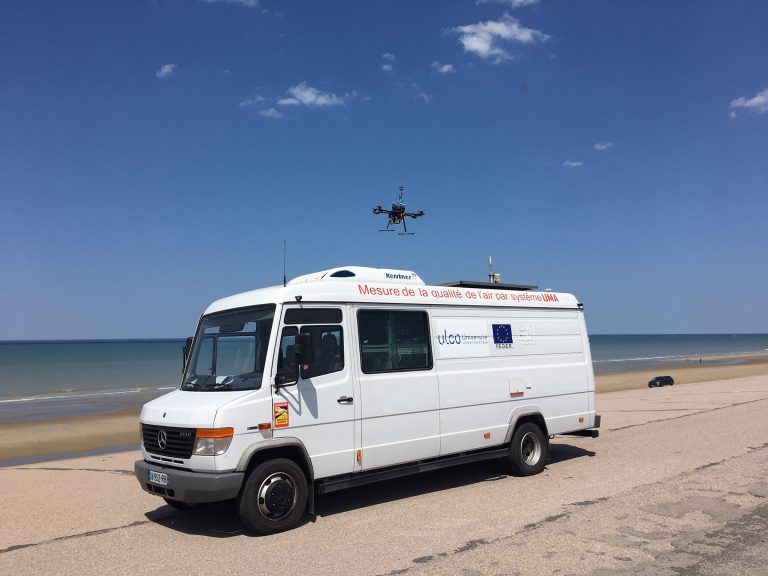

Figure 4 : Takeoff of the ANA drone by Eddie JOUAN, the flight safety manager of the ULCO drone center (left), passage of the ANA drone near the Mobile Atmospheric Unit (UMA) (center), flights of proximity of ANA and POLY drones in order to check the absence of interference (right).
4 – Acoustic Doppler Current Profiler (ADCP) preparation phase
The LOG’s Acoustic Doppler Current Profiler (ADCP) was prepared, calibrated and programmed in order to be able to estimate the speed and direction of marine currents in the water column. In order to stabilize it at sea, a tailor-made structure will be deployed at sea to secure the ADCP.

Figure 5 : Preparing the ADCP structure (left), calibrating the ADCP (center) and attaching the ADCP to the structure to stabilize the instrument at sea (right)
5 – Preparation phase of the two cascaded impactors
The cascade impactors (LPCA and LASIR) were prepared to have three stages. The membranes were placed on each impaction stage then assembled in order to be able to collect aerosols via a pump. At the end of the sampling phase, the membranes will be processed in order to determine the elementary chemical composition of the aerosols collected by analytical microscopy of the samples.
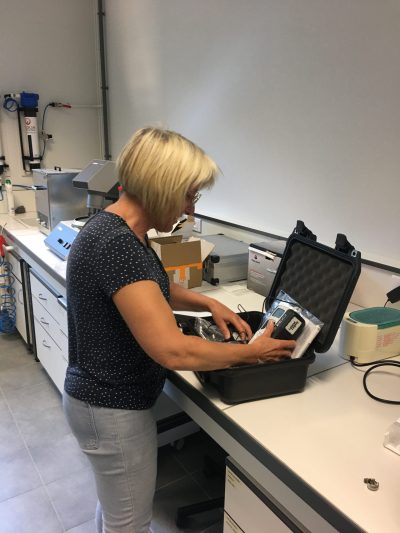
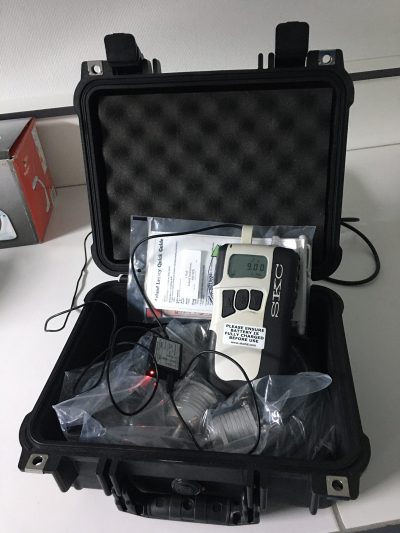
Figure 6 : Préparation des deux impacteurs en cascade (à gauche) et mis en charge de la pompe (à droite)
6 – Preparation phase of the SODAR wind profiler
The SODAR type wind profiler, stored in the Citadelle, has been restored and is working again thanks to the intervention of the CGU Dunkirk technical team, in particular Fabien, Benoit, Sofiane and Freddy, for the restoration. condition of the SODAR trailer and Marc Fourmentin for the repair of the acquisition PC. The Sodar was tested at the Port of Dunkirk in real conditions.

Figure 7 : Testing SODAR in real conditions on the port
